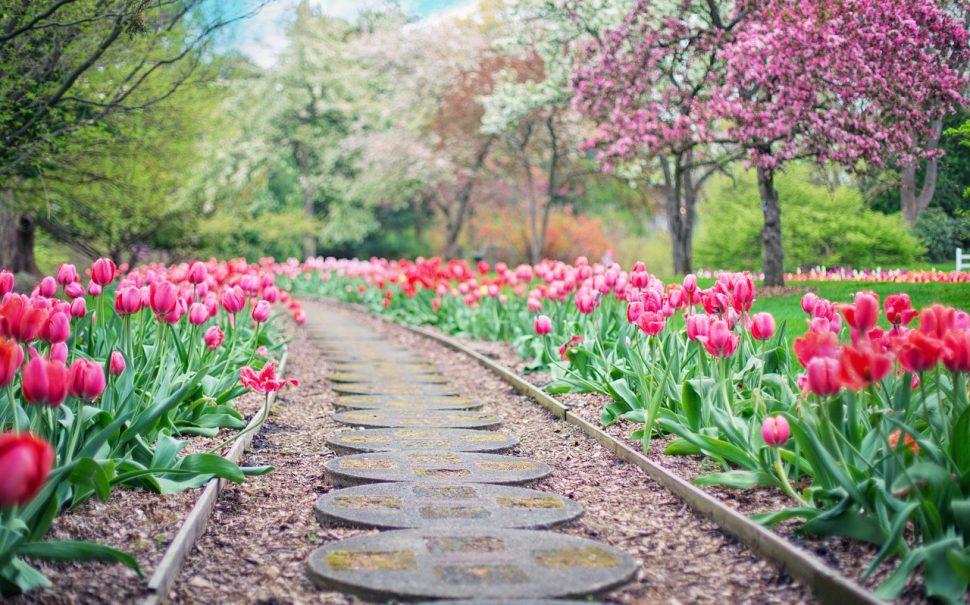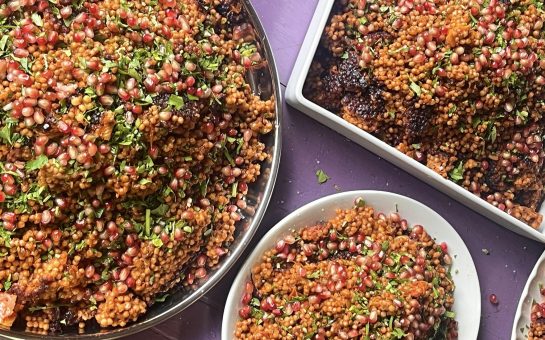Gardeners will always be proud of the plants they can plant in their gardens.
With changing seasons, you are presented with a wide variety of seasonal bloom options for growing.
From the ones that prefer particular weather and evergreen plants, the options are endless.
Therefore, summer in the tropical season can get intimidating at times. But what can be better than pacific species of plants giving us consistent eye treats through their blooming period?
With numerous flowering options available this season, tulips flowers are a must in your garden. They will add a vibrant color to the garden, making it easy for you to manage and grow them.
Are you dreaming of summertime filled with fresh and vibrant blooms in your garden?
In this guide, you will discover different summer flowers and tips on how to grow them in your home garden.
Top five summer flowers to grow this season
Here is a list of flowers that you can grow this summer season.
1. Cosmos
Daisy, like the flower, come with long, slender stems.
Therefore, the flowers are easy to grow and do not need much attention. The harsh summer blooms can thrive on long summer days and are not limited to their nutrient value.
How to grow?
- Soil type: Plant the flower in fertile soil. They can also thrive in moderately fertile soil, which is undesirable for many flowering plants but ensures the chosen soil is well-drained.
- Climatic requirement: If you want vigorous growth, select a location with full sun for at least 6 to 7 hours daily.
- Special care: You need to provide support to taller varieties of cosmos with the help of stakes and prevent them from flopping over.
2. Sunflower
Sunflowers are also known for their distinctive large heads and vibrant color.
As they are heliotropic, they can move their head throughout the day to follow the root of the sun from east to west.
How to grow?
- Soil type: Plant sunflowers in well-drained, rich-in-nutrient soil, such as black soil, sandy loams, or alluvial soil.
- Climatic requirement: Sunflowers need to be planted where they will receive sunlight for at least 6 to 8 hours a day. They grow the best in bright and hot summers.
- Special care: The flower might need support.
3. Verbena
This plant is the best choice if you are looking for long-lasting summer blooms that can survive even the warmest weather conditions along with lower humidity.
Thus, verbena are small flowers with five petals, and they are borne on elongated spikes.
How to grow?
- Soil type: Verbenas do not need rich, fertile soil. Thus, they can thrive in moderate to poor soil conditions, but the soil should be well-drained and loosely packed.
- Climatic requirement: Plant the bloom in a location that receives plenty of sunshine for about 6 to 9 hours daily. Moreover, the flower blooms better in warm weather in the summer.
- Special care: As the plant needs regular plants for germination, you need to use organic fertilizer at the time of planting.
4. Dahlia
Another choice for this upcoming summer season is growing gorgeous Dahlias. This flower category is rich in variety and is available in exotic flaunt stunning starburst blooms.
Furthermore, they are quite sturdy and can be grown easily when taken care of.
How to grow?
- Soil type: Dahlias are well accustomed to rich and organic soil types.
- Climatic requirement: The bloom thrives in moderate and moist climatic conduction. Moreover, you can plan them in areas that receive sunlight for an average of 5 to 8 hours a day.
- Special care: The bloom prefers a consistent water supply. Thus, drip irrigation is the best selection as it moisturizes the root zone and keeps the foliage dry.
5. Balsam
Balsams are not a common flowering plant in nurseries. These flowers are widely grown for their east growing and pest resistance feature.
Therefore, the beautiful summer flowers are known by many names, which include rose balsams and impatiens.
How to grow?
- Soil type: Balsams need well-drained and fertile soil to grow. They need to grow better in soggy soil conditions.
- Climatic requirement: The plant prefers warmer climatic conditions and humid weather. It grows well in full sun and partial shade regions.
Special care: Balsams require organic compost in the potting soil at the time of planting. Thus, you need to fertilize the soil every 45 to 50 days.




